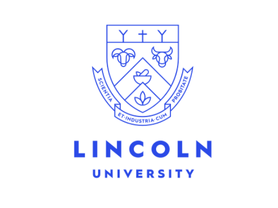Lincoln University Overview
Lincoln University, also known as Te Whare Wānaka o Aoraki, is New Zealand’s specialist agricultural and land-based university. It was originally founded in 1878 and gained full university status in 1990. Located in the rural town of Lincoln, about 20 km south of Christchurch, the university operates on a 58-hectare campus that emphasizes research, sustainability, and innovation.
As the oldest agricultural teaching institution in the Southern Hemisphere, Lincoln University is widely recognized for its excellence in agriculture, agribusiness, environmental science, viticulture, landscape architecture, and land management. It also offers programs in commerce, computing, food science, sport and recreation, and tourism.
Lincoln maintains a strong research profile and is home to New Zealand’s third-largest entomology collection, advanced land-based science labs, and cutting-edge field-based research facilities. The university has a low student-to-faculty ratio and is known for excellent graduate employability and strong industry connections.
The campus is a mix of historic and modern facilities, including Ivey Hall—a heritage building and campus icon—alongside modern lecture theaters, computer labs, student housing, libraries, and recreational amenities. With around 3,100 full-time equivalent students, including more than 1,300 international students from over 75 countries, Lincoln University fosters a globally connected and supportive academic environment.

